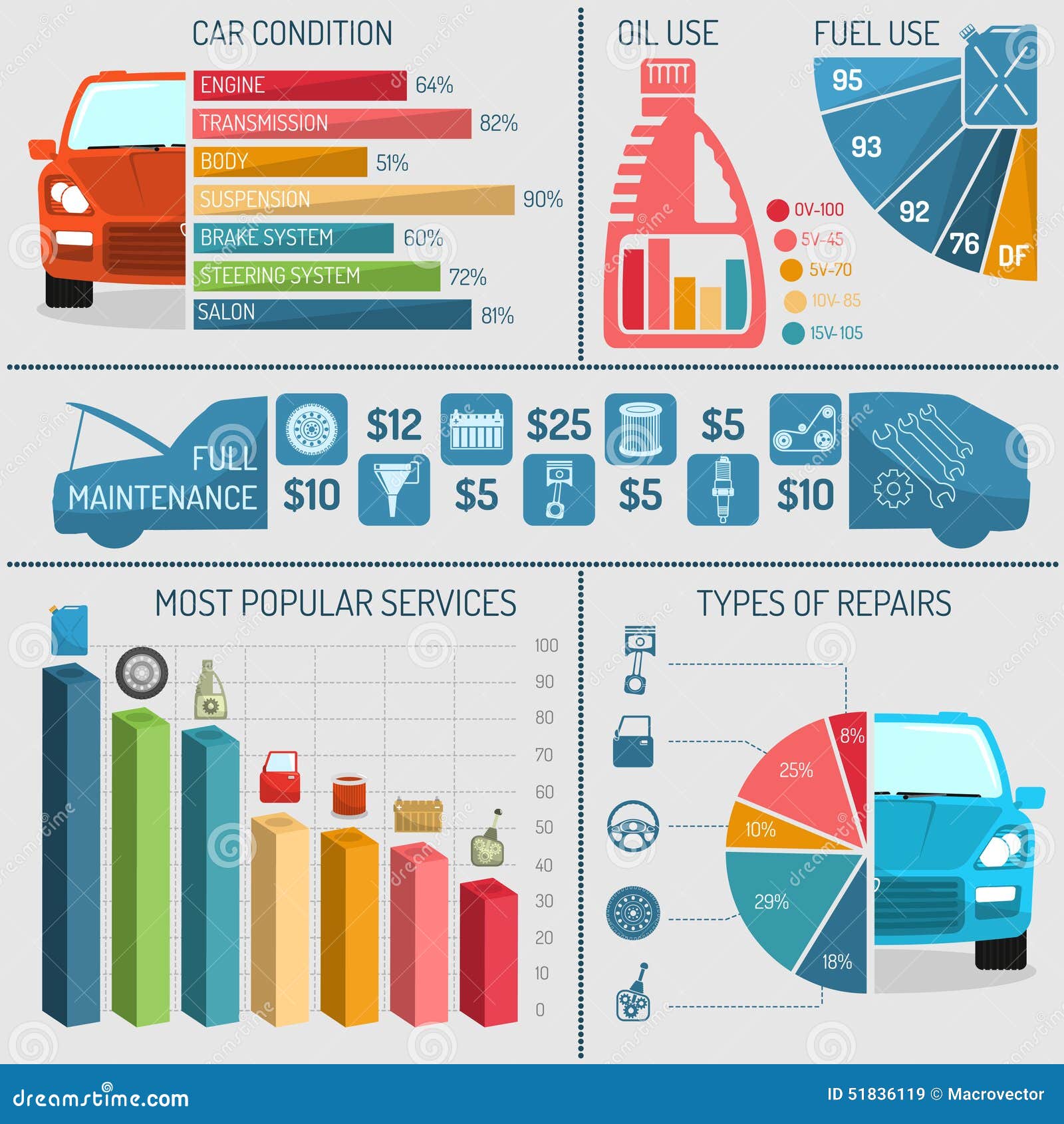Eager To Know What The Dashboard Caution Lights In Your Auto Represent? Explore Their Definitions For The Wellness And Security Of Your Automobile
Eager To Know What The Dashboard Caution Lights In Your Auto Represent? Explore Their Definitions For The Wellness And Security Of Your Automobile
Blog Article
Composed By-Faulkner Kejser
When you lag the wheel, those beautiful warning lights on your dashboard can be a bit perplexing. Do you recognize what they're trying to inform you about your vehicle's wellness? Comprehending the importance of these lights is important for your safety and the durability of your car. So, the following time one of those lights turns up, wouldn't you intend to understand its message accurately and take the needed steps to address it?
Common Caution Lights and Interpretations
Identify common warning lights in your car and understand their meanings to ensure secure driving.
One of the most typical caution lights include the check engine light, which signifies problems with the engine or discharges system. If this light begins, it's crucial to have your car inspected quickly.
The oil stress cautioning light suggests reduced oil pressure, calling for instant interest to prevent engine damage.
A blinking battery light might suggest a damaged charging system, potentially leaving you stranded if not addressed.
clicking here (TPMS) light signals you to reduced tire stress, impacting vehicle security and fuel efficiency. Disregarding this can lead to harmful driving problems.
The abdominal light indicates a problem with the anti-lock braking system, endangering your ability to quit promptly in emergencies.
Finally, click for source alerting light warns of engine getting too hot, which can cause serious damage otherwise solved quickly.
Understanding these usual caution lights will certainly aid you address concerns quickly and keep risk-free driving problems.
Relevance of Prompt Interest
Understanding the typical caution lights in your vehicle is just the primary step; the value of quickly addressing these cautions can't be stressed sufficient to ensure your safety when traveling.
When a caution light illuminates on your control panel, it's your vehicle's way of communicating a potential issue that requires attention. Overlooking these warnings can lead to extra serious issues in the future, jeopardizing your safety and potentially costing you much more out of commission.
Prompt focus to advising lights can stop malfunctions and accidents. As an example, a blinking check engine light can show a misfire that, if left neglected, could trigger damage to the catalytic converter. Addressing this without delay can conserve you from an expensive repair.
In a similar way, a brake system advising light could signal low brake fluid or worn brake pads, critical elements for your security when driving.
Do It Yourself Troubleshooting Tips
If you discover a warning light on your dashboard, there are a couple of DIY fixing tips you can attempt prior to seeking specialist help.
The very first step is to consult your car's handbook to comprehend what the particular warning light suggests. Sometimes the issue can be as basic as a loose gas cap setting off the check engine light. Tightening the gas cap may solve the trouble.
Another usual issue is a low battery, which can set off different warning lights. Examining the battery connections for corrosion and guaranteeing they're secure may repair the trouble.
If a warning light continues, you can attempt resetting it by disconnecting the vehicle's battery for a couple of mins and then reconnecting it. Additionally, examining your vehicle's fluid levels, such as oil, coolant, and brake liquid, can help repair advising lights connected to these systems.
Final thought
In conclusion, recognizing your cars and truck's caution lights is vital for maintaining your vehicle running efficiently and securely. By promptly addressing these informs and recognizing what they indicate, you can prevent pricey repair services and possible failures.
Keep in mind to consult your car's manual for specific details on each advising light and take action accordingly to make certain a trouble-free driving experience.
Keep notified, stay safe on the road!
